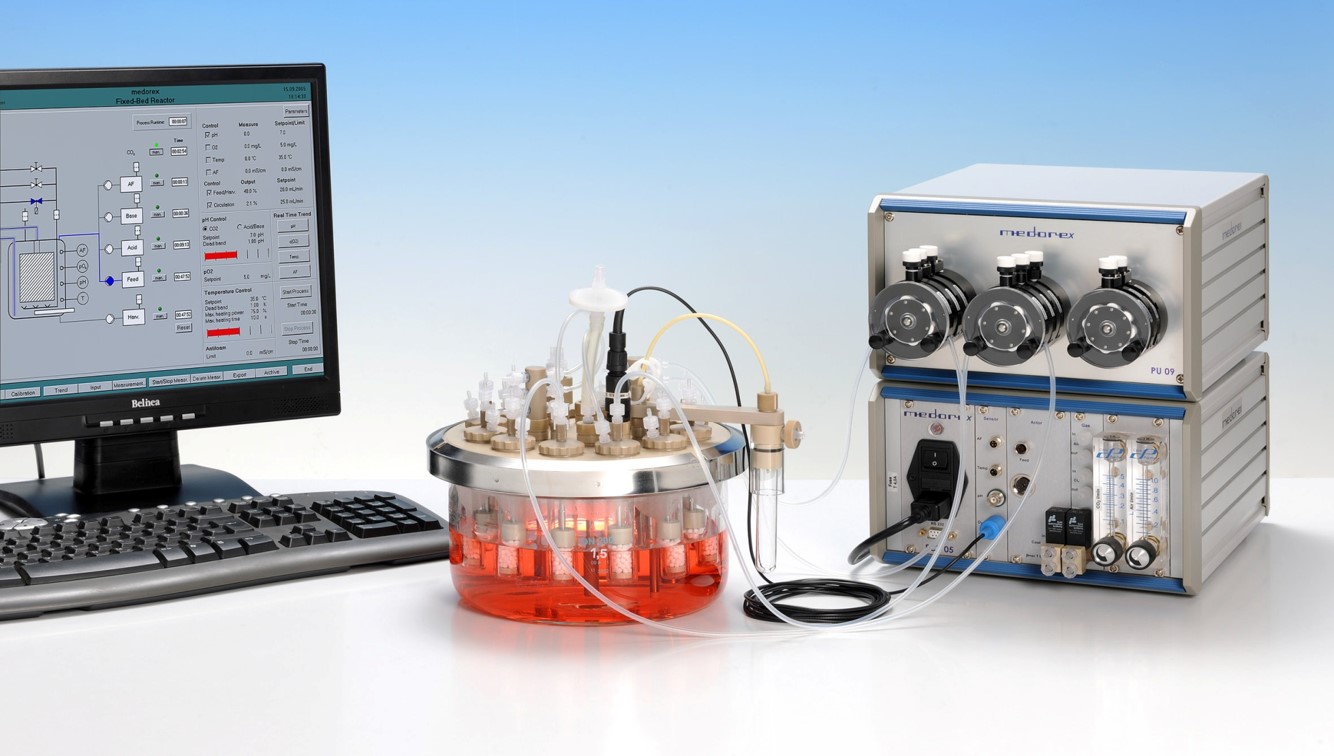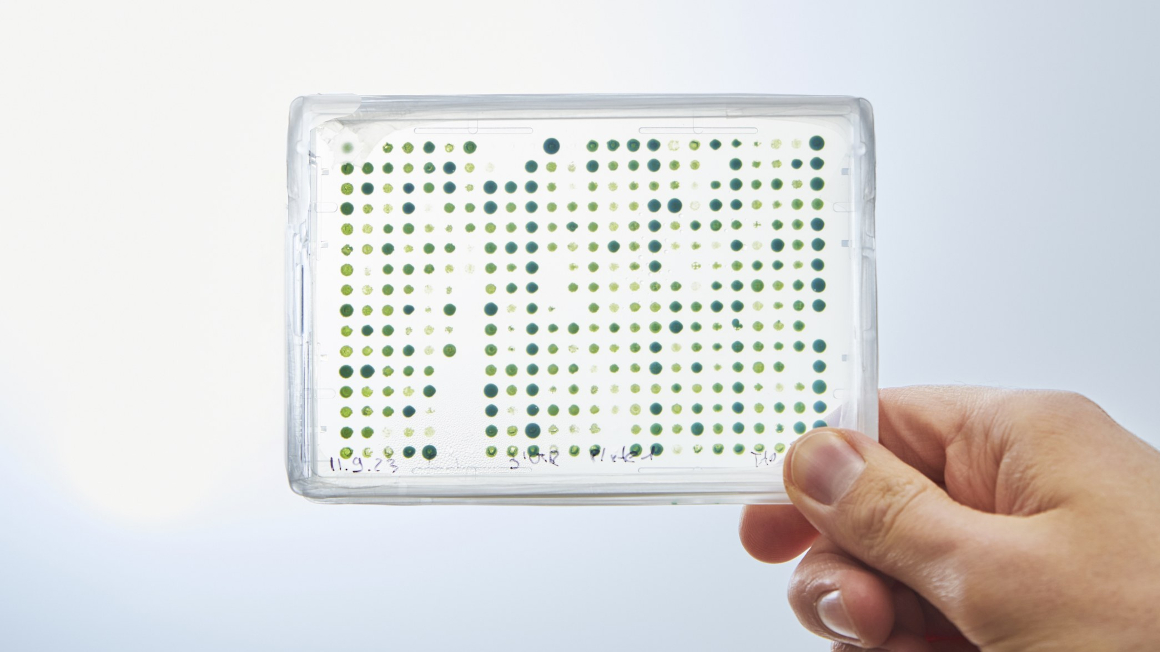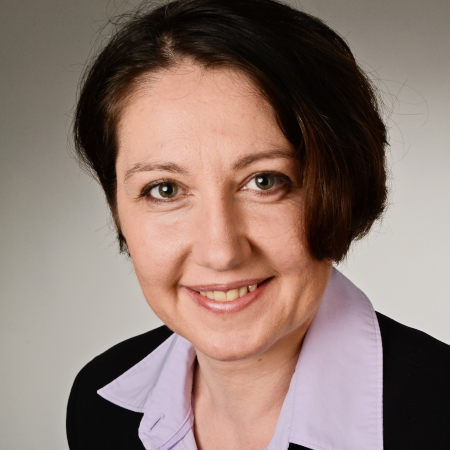
In biotechnology, many substances are extracted from microorganisms that function as living cell factories. In order to cultivate such organisms as efficiently as possible, especially on an industrial scale, oftentimes numerous and tedious tests are necessary. As part of a collaborative research project, Ralf Pörtner at the Hamburg University of Technology together with colleagues from industry and research has developed a digital tool for the optimization of biotechnological processes.
Making biotechnological processes accessible
Digitization is enveloping most every aspect of modern life and does not stop at biotechnology. In order to determine optimal cultivation conditions for microbes, the Hamburg-based biotechnologists are turning towards model-based process management strategies more and more. The German Federal Ministry of Research and Education (BMBF) funded the project with a total of nearly €420,000 from 2012 to 2015 as part of the funding scheme "BioIndustrial2021". "The goal is to make biotechnological processes accessible and optimize them via model-based calculations," says Pörtner. In the near future, the optimal conditions will be calculated and modeled based on a few preliminary tests on the computer in the future Instead of lengthy and expensive test series in the laboratory.
Optimizing cultivation conditions
"We have been working with lactic acid bacteria as a model organism, as these are versatile and very interesting for the food industry," says Pörtner.First, the bacteria were cultured conventionally in a simple shaking flask in order to adjust the growth conditions and to optimize the medium. "Based on this, we then set up the first kinetic models to describe the metabolism of the organisms," explains Pörtner.Special attention was paid to the substrate consumption, the growth rate and factors that inhibit growth. In the next step, a strategy was developed with which the bioprocess could be optimized. "Based on this calculated model we have designed a process and tracked whether the calculations match the real-life organisms," says Pörtner.
The project partners at a glance
BMBF joint project "Tools for process development for fermentations under unusual conditions"
Hamburg University of Technology
Hochschule Furtwangen University
Ingenieurbüro Dr.-Ing. Schoop GmbH (Hamburg)
medorex e.K. (Nörten-Hardenberg)
GALAB Laboratories GmbH (Hamburg)
Constant control in real time
But what if the microbes behave differently than calculated? Even for this possibility Pörtner and colleagues are prepared: "If the organisms do not behave as calculated, we will catch this with the OLFO strategy." OLFO stands for the "Open Loop Feedback Optimal" strategy: It constantly compares and adjusts, whether prediction and reality match. If the OLFO strategy detects differences, the cultivation process is immediately recalculated in order to adjust for the changing growth of the cells. OLFO reacts individually to each application target and every bacterial strain. "At the end we are looking for a kind of recipe of optimised cultivation conditions for each strain and application," explains Pörtner. The working group of project partner Volker Hass, professor at the Furtwangen University, took on most of the programming and modeling. In order to be able transfer such calculations to industrial applications, the engineering office Schoop from Hamburg developed process control systems for biotechnological processes.
New innovation: Fixed-bed reactors
The bioreactor manufacturer medorex from Nörten-Hardenberg in Lower Saxony provided so-called fixed-bed reactors. Within these containers, the production organisms are immobilised on surfaces. "Together with medorex, we have developed these reactors for optimal cultivation. Under optimal conditions, even less substrate is needed and cultivation can be made more efficient, "says Pörtner.In addition, thus far, hardly any development tools are available for fixed-bed systems. "In our joint project, we have developed a small, compact fixed-bed system in which 12 different states can be investigated in parallel," explains Pörtner. The best part: Since the fixed-bed system is connected with the model-based approach, different cultivation conditions can be modeled in advance in order to carry out much more targeted and selected experiments in the reactors.
These fixed bed systems have already been successfully tested with lactic acid organisms and with Escherichia coli strains of the project partner GALAB Laboratories from Hamburg.
Software Toolbox to simplify future modeling
Thus, Pörtner and his colleagues have succeeded in developing a model-based optimisation of biotechnological processes. Although the process is not yet used in industry, Schoop is aiming for its realisation. Building on this project, as part of the funding scheme "New Products for the Bioeconomy", Pörtner and his colleagues are also working on the establishment of a comprehensive software toolbox, which will further support and simplify the model-based optimisation of such cultivation processes in the future.
Author: Judith Reichel


